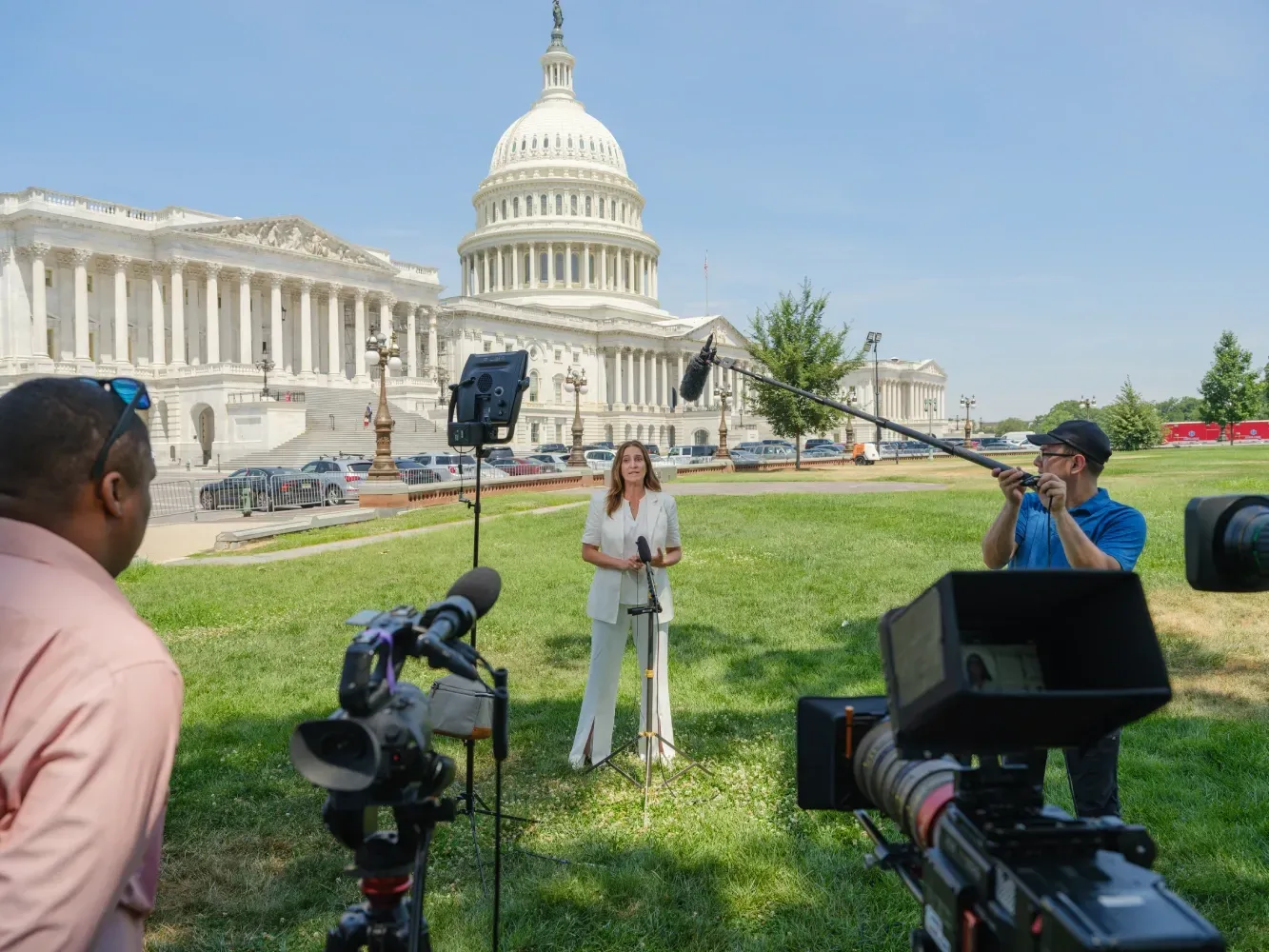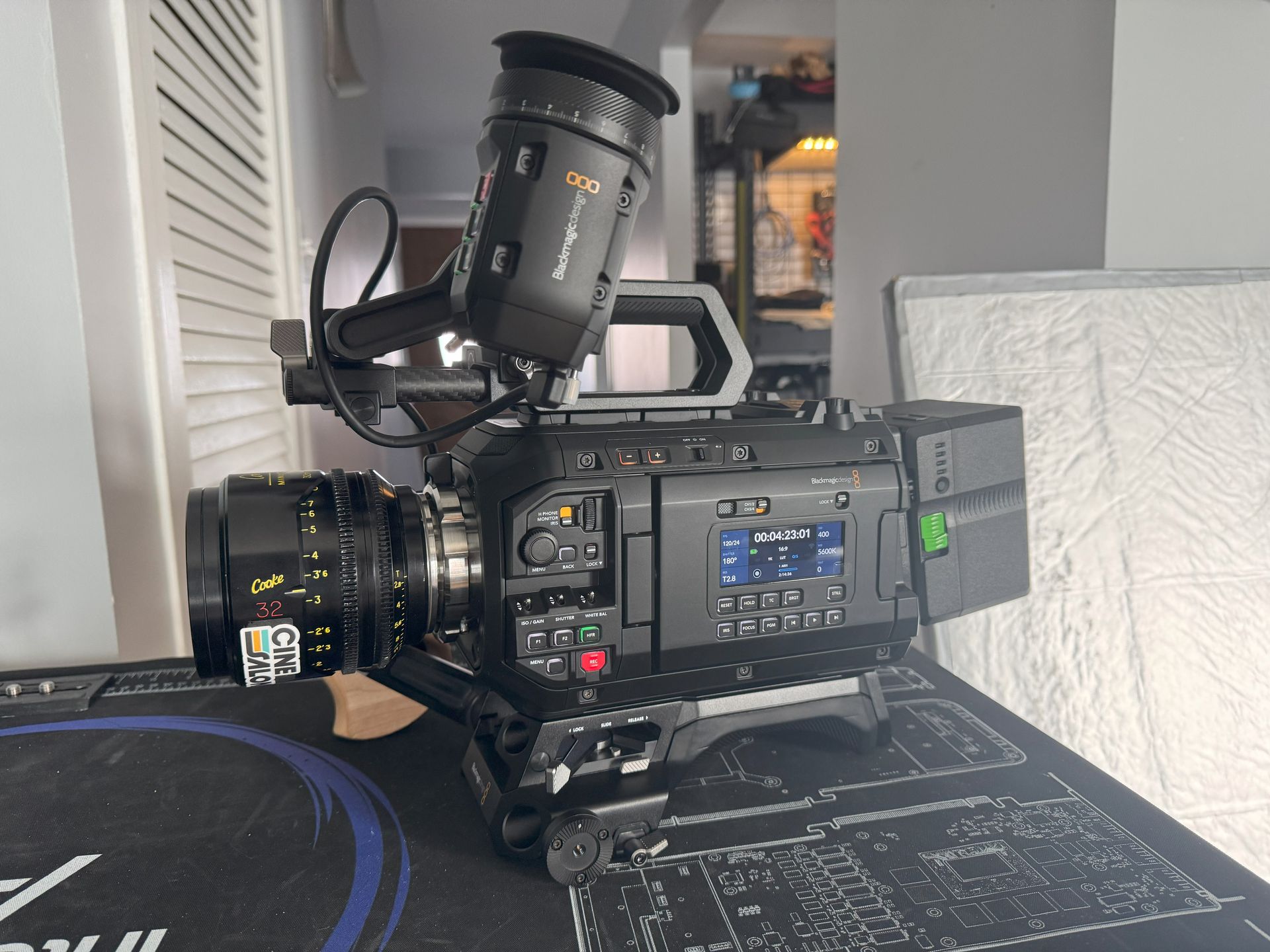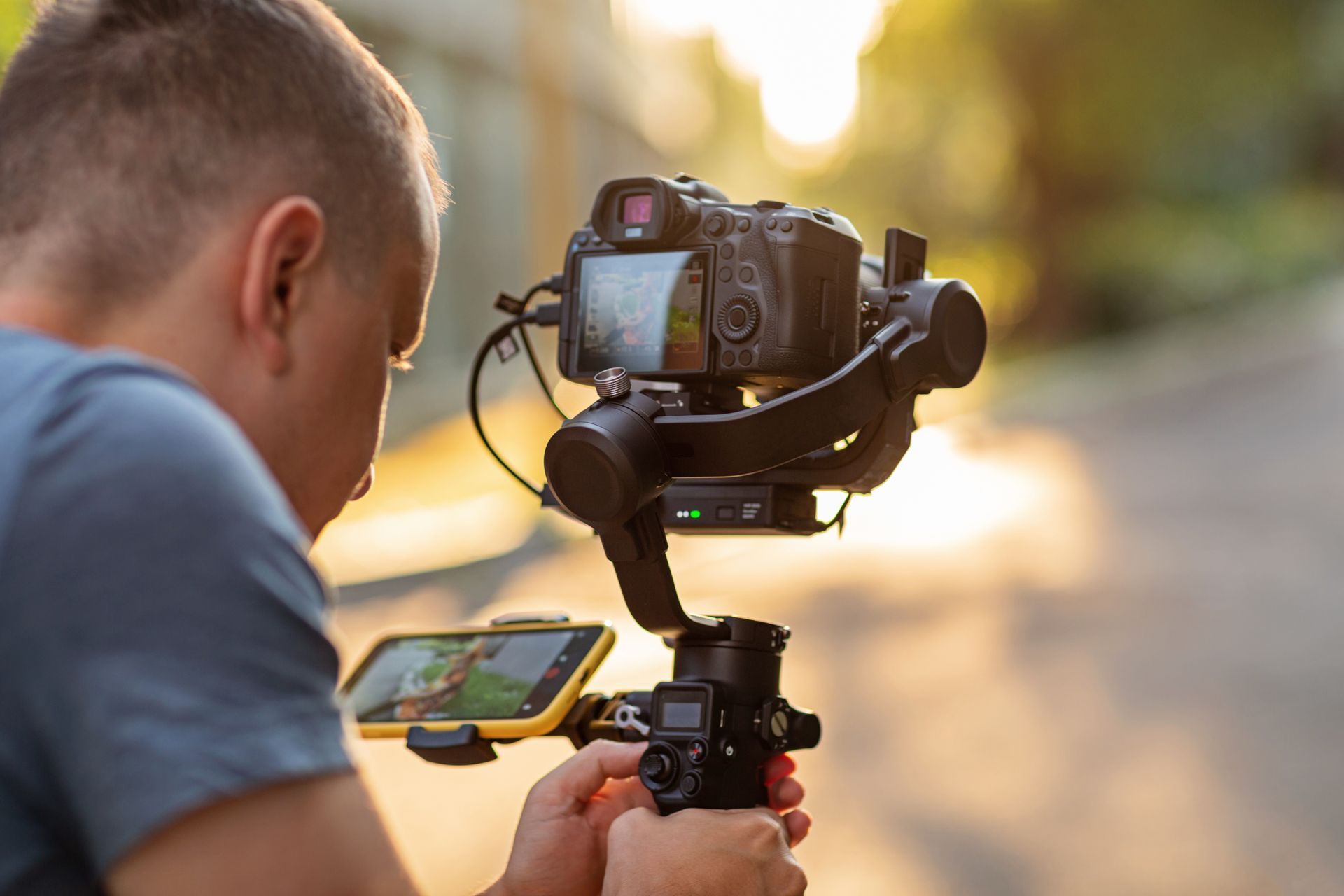Do you often check your phone's social media feeds while watching TV? How about checking your business email on your laptop while listening to a podcast? Many of us are guilty of dividing our attention across many screens simultaneously. This practice is so common that it is known as second-screen media.
Although, in today's more mobile world, the TV uses the "first screen" that precedes the second screen. The primary screen is where you interact with the information you come to view. The secondary screen is where you may do other things. Let's analyze the development of second-screen media and its implications for modern marketers.
Top 10 Strategies for Maximizing the Potential of Second Screen Media
1 - Understand Your Audience
One of the best ways to use second-screen media is to grasp your target demographic. You can give them more of what they want. This point is crucial since trying to appeal to everyone with the same message won't work.
Knowing the person you are talking to will help you communicate effectively. When you know who you're talking to, you may put their needs into characters called "personas." You may learn more about your target market.
Second-screen data analysis is an important method for learning about your target demographic. This information may help you better understand how viewers connect with your brand.
It can impact how you tailor your ads to boost engagement and return on investment. You may learn more about your intended audience by conducting surveys. Understanding your audience will help you design content that resonates with them.
It can impact how you tailor your ads to boost engagement and return on investment. You may learn more about your intended audience by conducting surveys. Understanding your audience will help you design content that resonates with them.
The effectiveness of your strategy will depend on how well you know your audience. You can better connect with your audience by designing content. Try to make it according to your audience's specific needs and interests. Gather these insights and optimize your efforts to increase engagement.
2 - Relevant and Interactive Content
Second-screen media needs relevant and engaging content to succeed. The second screen should enhance the first screen's experience. Polls, quizzes, games, and social media challenges may boost engagement. Social media marketing and live chat can also engage viewers.
Exclusive second-screen material or behind-the-scenes information can boost brand engagement. Personalizing the second screen's material to the viewer's tastes can also improve the experience. The second screen's content must match your brand's messaging.
To succeed with a second-screen strategy, viewers must find it straightforward. This step involves making the mobile app or website user-friendly and cross-device compatible. The second screen experience should be simple and easy to use. Clear calls-to-action can help consumers connect with your brand on the second screen.
Targeted advertising efforts can also capitalize on second-screen media. You may target demographics and interests using second-screen data-driven advertising campaigns. Targeted advertising may boost brand conversions and ROI. Targeted advertising for unique second-screen content or incentives can boost engagement and loyalty.
3 - Ease of Use
Ease of use is another critical strategy for maximizing its potential. It's essential to ensure that the second screen experience is easy to use for viewers. It means providing a user-friendly mobile app that works well across different devices. The second screen experience should also be easily accessible.
A clear call-to-action can help viewers understand what they need to do to engage with your brand. Ensuring the second screen experience is consistent with your brand identity. This consistency can help to build brand recognition and loyalty among viewers.
To guarantee a smooth second-screen experience, test your mobile app or website on several devices and platforms. Tutorials or instructional films can assist viewers in using second-screen functionality. An easy-to-use second-screen experience improves viewer engagement. By making the second screen experience smooth and accessible, viewers are more likely to connect.
4 - Exclusive Content
Exclusive content is essential for second-screen media success. Exclusive second-screen content may captivate viewers and boost brand loyalty.
Exclusive content might be user-generated, behind-the-scenes, or promotional. Viewers feel like they're part of an exclusive group with access to this special content, making it more immersive and engaging.
A solid content strategy that matches your brand's voice is essential for unique content. Second, screen data can also help you understand what visitors like.
Partnerships with TV shows or live events may also give exclusive material. You can get leverage on second-screen media. Sponsored videos can promote your business. They engage people on the second screen by partnering. These agreements may boost brand awareness and enhance viewership.
Partnerships with TV shows or live events may also give exclusive material. You can get leverage on second-screen media. Sponsored videos can promote your business. They engage people on the second screen by partnering. These agreements may boost brand awareness and enhance viewership.
5 - Targeted Advertising Campaigns
Tailored advertising initiatives maximize second-screen media's potential. With so much user activity and preference data, corporations can produce targeted ads. This thing boosts brand loyalty and consumer conversion. Such campaigns will provide the best outcomes.
Companies must understand their audience and use suitable channels to generate successful campaigns. Understanding user behavior, such as surfing, social networking, and content consumption, is necessary. With this data, organizations can build targeted advertising that boosts ROI.
6 - Collaboration with Partners
Collaborating with partners is another way to maximize second-screen media's potential. Joint marketing, co-branded content, and strategic collaborations are examples. Companies can reach more customers and boost engagement and revenue by collaborating.
Companies require partners with comparable ideals and audiences to collaborate. This step involves knowledge of the market, competition, and related products and services. Companies must collaborate to generate engaging marketing campaigns and content after finding partners.
7 - Data Analysis
Another important method for optimizing second-screen media is data analysis. Companies may learn what works and what doesn't from the massive quantity of user behavior. Companies may adjust their plans and campaigns to maximize ROI using this data.
Here are some types of data analysis that can help in utilizing second screen media to boost consumer attention and interaction:
• Audience segmentation analysis.
• Social media monitoring and analysis.
• Content analysis.
• Sentiment analysis.
• Click-through rate (CTR) analysis.
• Engagement rate analysis.
• Conversion rate analysis.
• A/B testing • Heat mapping.
• User behavior analysis.
Companies require tools and abilities to analyze data. This strategy needs powerful data science and analytics tools and platforms. It is vital to process and evaluate big datasets. Businesses must also be able to analyze data and draw strategic conclusions.
8 - Real-Time Engagement
One of the best ways to maximize second-screen media is real-time involvement. By connecting with viewers in real-time, organizations can connect with their audience. Live chat, social media, polls, and surveys are examples.
Firms must have the tools and platforms to make real-time interaction work. This process involves extensive knowledge of social media and chat platforms. They must be able to monitor and respond to user interactions in real-time. Businesses also need to be able to generate interesting content that invites people to connect and join in the conversation.
9 - Personalization
Another key to second-screen media success is personalization. Companies may enhance conversions and audience engagement by personalizing experiences. Personalized information, ads, and suggestions are examples.
Companies must know their audience and their interests and behavior to personalize. Large datasets demand powerful data analytics techniques and platforms. Businesses also need to be able to develop tailored content that connects with their audience.
10 - Consistency
Another essential to second-screen media success is consistency. Consistent content and message may boost brand awareness, loyalty, and conversion. This point demands a thorough grasp of brand values and messages. You can increase the capacity to develop consistent content across all media.
Companies require a brand strategy and communications structure for consistency. It involves knowledge and the ability to develop content that connects with the intended audience. Businesses must also assess and analyze content performance and alter strategy.
What Inspired the Creation of Second Screen Media?
The development of second-screen media has a few different factors. The first is the most glaring: we have shorter attention spans than ever before, making it harder to focus on material over a prolonged period.
One other explanation is more optimistic. That reflects the reality that, with so much data at their disposal. Some viewers are eager to learn more about the shows they're viewing. You've ever Googled the name of a celebrity whose face you recognize but whose name you can't place.
Some viewers may spontaneously react to what they see on TV and go online to discuss or learn more about the topic. Anybody who has tweeted in real-time during a riveting TV show has helped increase that number. You're interacting with what you see in a way that goes beyond the confines of your TV.
Finally, today's "always-on," hustle-based culture requires multitasking, necessitating the dual monitor. Modern people, especially younger ones, frown on idly watching TV. This time should be used to check one's mailbox, compose SMS, or even do "leisure" duties. Watching TV while doing nothing wastes time.
The Implications of Second Screen Media for Advertising
You should consider what happens to experience when you don't have attention. Advertising professionals need to know the answer to this issue. Their livelihood depends on customers seeing and hearing.
It's easy to see how adding a second (or third) screen would be bad for marketers. Ads struggling to stand out in competing content may not completely capture their effectiveness.
In the end, second-screen media presents both a threat and an opportunity to the advertising and marketing industries. The problem is that viewers focus on the core material and their secondary displays. The secondary content is often unconnected to the primary content.
Nonetheless, this presents an opportunity to increase interaction and prompt rapid customer action.
How Can an Advertising Industry Get Benefit from Multi-Screening?
Advertisers can choose one of two approaches, considering the benefits and drawbacks. Let's analyze each one in more detail.
Create a New Point of Contact with the Help of Second-Screen Media.
The main idea is that you should promote timely and relevant material. Upload only those videos that people are already reading or watching. Filling online and social media venues with related discussions and data is smart.
One word of caution, though: Don't go crazy. Consumers value brands that they feel truly care about them and their well-being. Brands that provide timely information perform this function better than other spammy brands.
Twitter is the go-to social media platform for firms that take this approach. Live-Tweeting stands apart from live-Facebooking and live-Instagramming. Create and share witty text pieces, relatable memes, timely gifs, and other interactive tools. They can add to a conversation centered around a television.
Videos may and should be a part of second screen material. Remember that they will likely be in silently as viewers focus on the main show. To get the most out of your videos, turn off subtitles, autoplay audio if you can, and keep them brief.
Utilize Second-Screen Media to Enhance Your Customer Touch Points.
Scrolling second-screen material is useful for marketers on the first screen's adverts. It provides a chance for more brand touchpoints. Viewers continue interacting with their devices as commercials play. Although people may take in less of your advertisement as a whole. This allows for a deeper level of engagement.
You may create a relationship with viewers beyond the scope of the ad by encouraging them to take immediate action (such as searching for information related to the ad, visiting your website, responding to the content on social media, etc.).
The time it takes to go from seeing the ad to doing anything about it is suddenly down, increasing the likelihood of that happening. In this scenario, interaction is the key to making the most of the secondary display. Anything interactive will win" when competing for attention with other factors.
Infantino thinks mobile gadgets should triumph because they are always within reach. Our mobile devices can track our daily movements and record information about our buying patterns.
Conclusion
Audiences have always done this. Nowadays, advertising uses the second screen to engage people. Second screens today disrupt the primary content. They add dimension to the experience on another device. These notions aren't as mutually exclusive as thought. Bottom line? Brands recognize that TV is no longer a solitary experience. Brands perceive a diversion from TV as a chance to develop an experience and spread a notion beyond the TV screen.


Get total clarity on your video marketing and paid media with our FREE comprehensive data audit.







